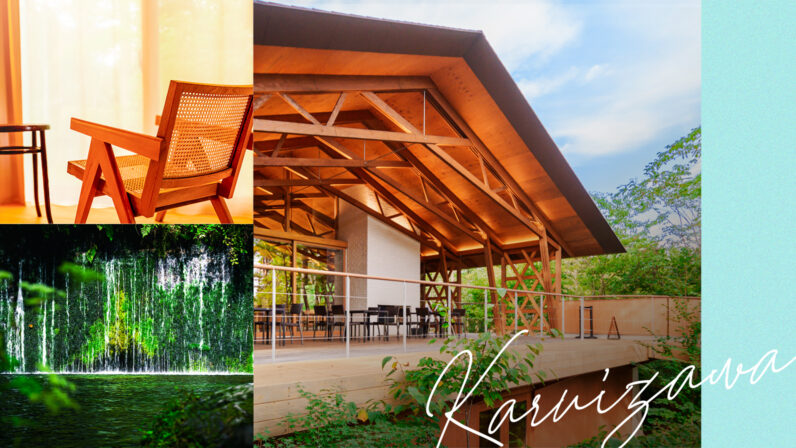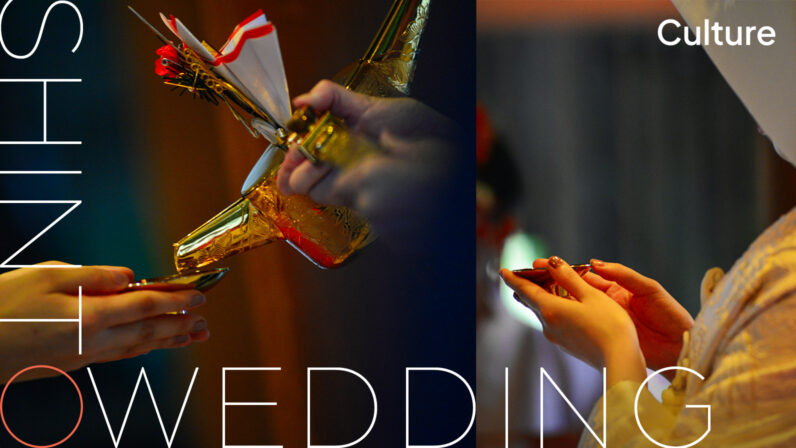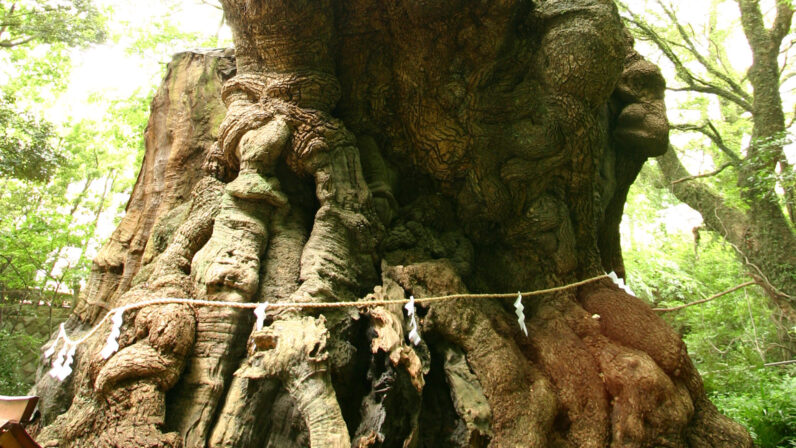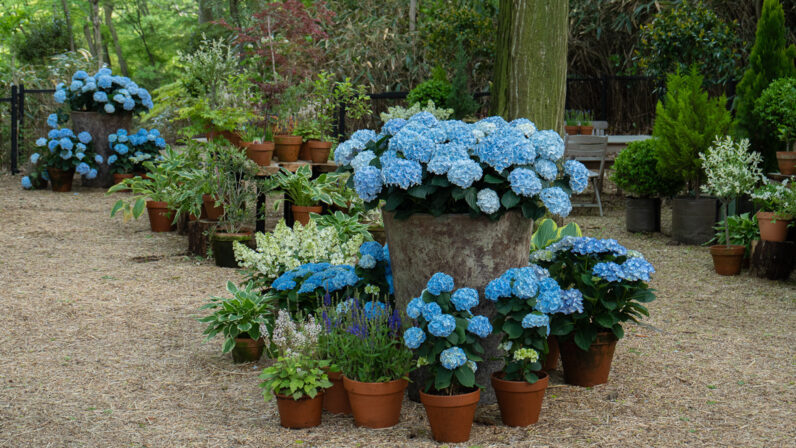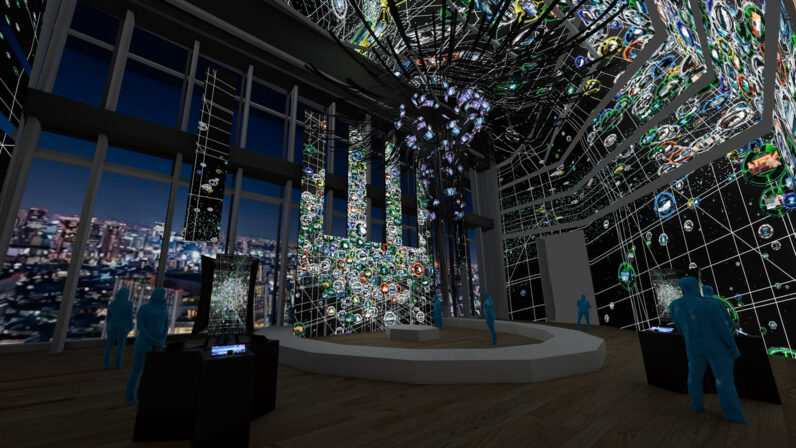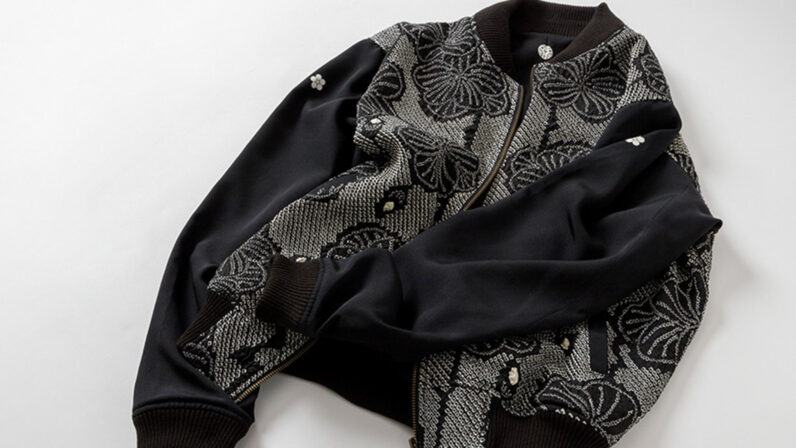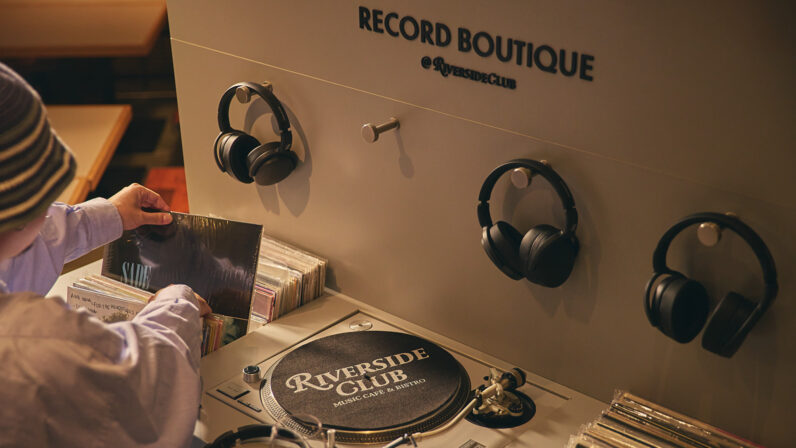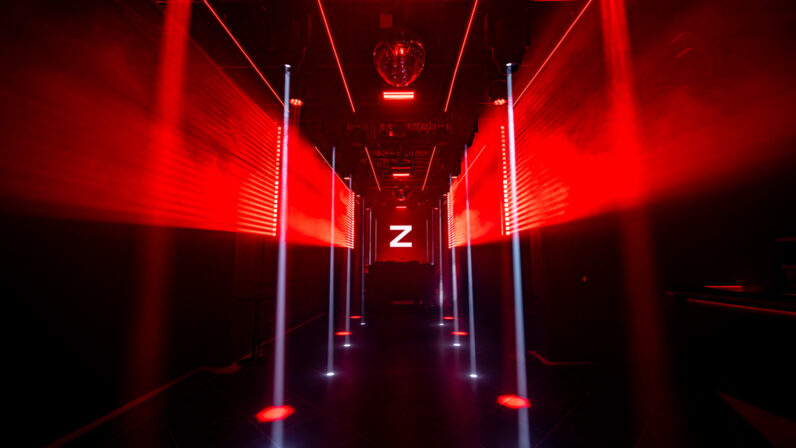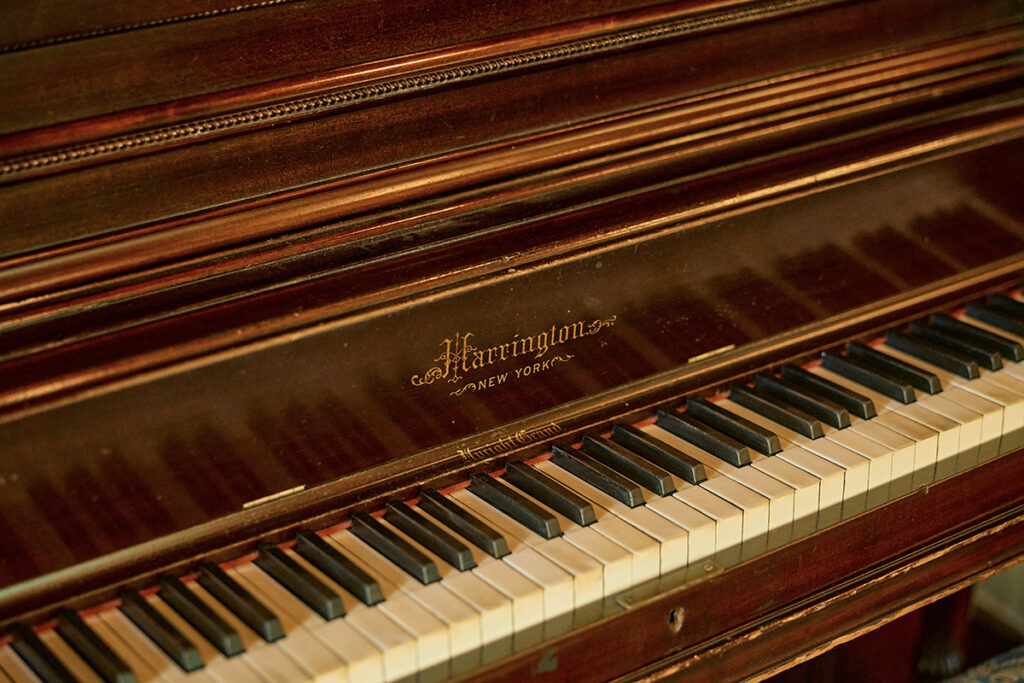
Some may wonder about the significance of the upright piano pictured above—it turns out to be one of the defining symbols of the Nara Hotel’s unique charm.
Founded in 1909 (Meiji 42), Nara Hotel opened as the “Guesthouse of Kansai,” designed to accommodate the growing number of foreign visitors after the Russo-Japanese War. Its construction costs were said to be double that of the famed Rokumeikan, and its design was entrusted to Kingo Tatsuno, the father of modern Japanese architecture, celebrated for Tokyo Station and the Bank of Japan’s main building. Known for his brick designs, Tatsuno chose a blend of Japanese and Western styles here to harmonize with the historical atmosphere of Nara, a city of temples.
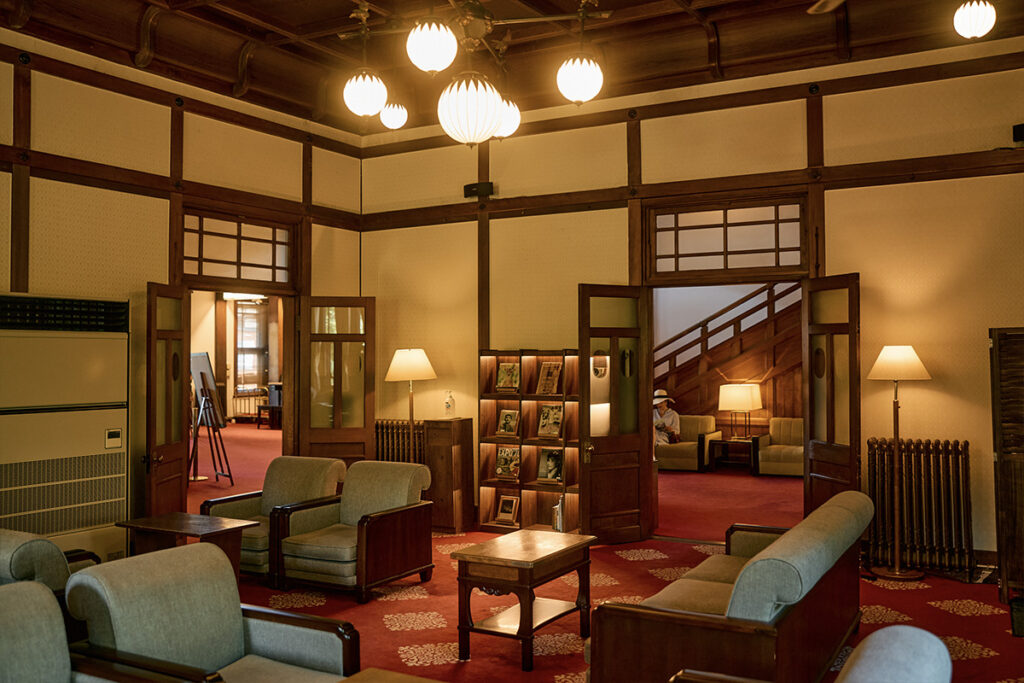
The ‘Sakura Room’ lobby, featuring the piano played by Einstein.
Over the years, Nara Hotel has welcomed members of the Japanese imperial family, royals and prime ministers from around the world, as well as notable figures like Einstein and Helen Keller. In 1922, while on a lecture tour in Japan, Einstein was invited by Mitsuhiko Yamamoto of Kaizosha and stayed at the hotel for two nights. It’s said that during his stay, he played the very upright piano in the opening image. Though known for his love of the violin, which he always carried on his travels, Einstein also enjoyed playing the piano—a testament to his remarkable versatility.
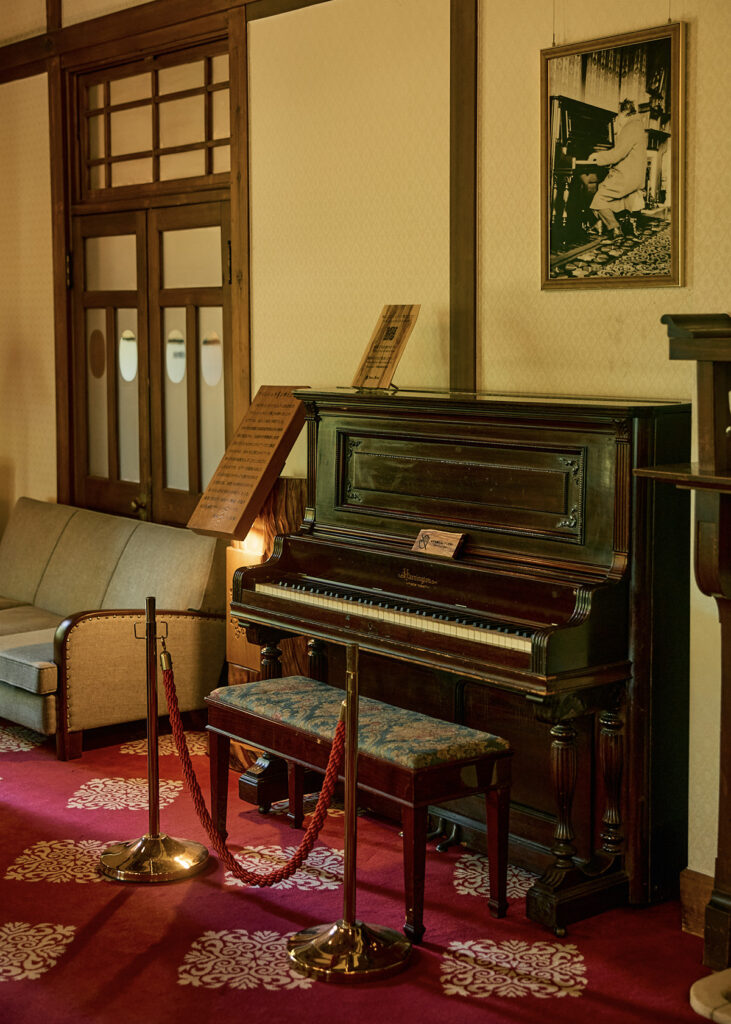
A photograph above the piano captures Einstein playing during his stay.
In this space where Einstein once was, the soft, gentle lighting creates a comforting atmosphere. I let my imagination run wild and wondered, what pieces did he play? I’ve heard that concerts are occasionally held here, and if the timing is right, you might get the chance to hear melodies from a century ago.
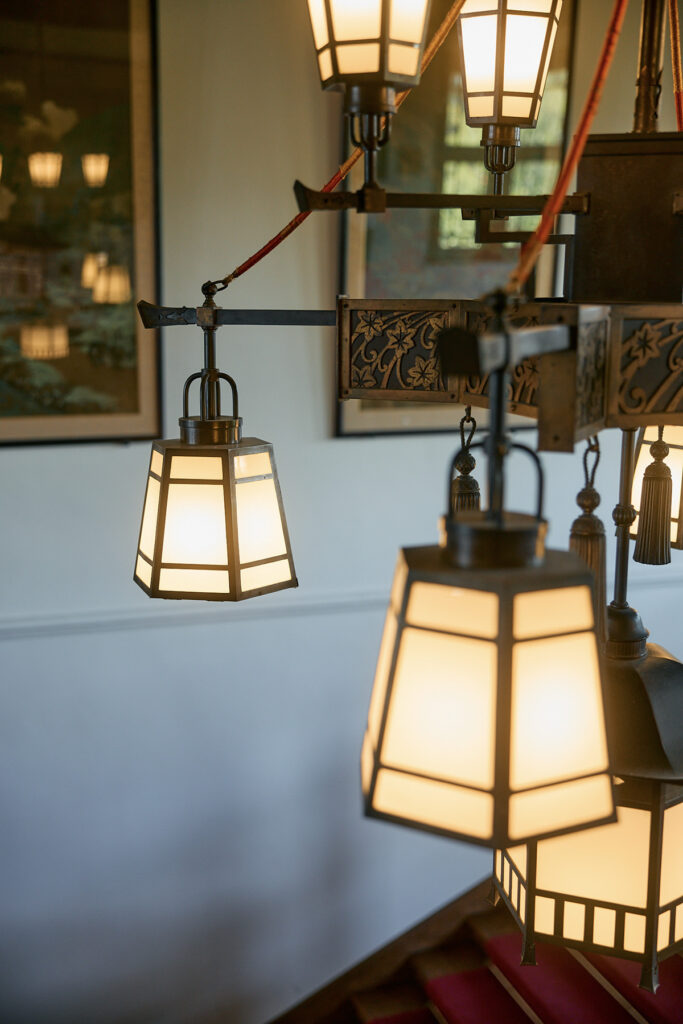
Legend has it that Audrey Hepburn admired a Japanese-style chandelier inspired by the hanging lanterns of Kasuga-taisha Shrine and even posed for a photo with it.
The Allure of the Dining Room
Now, I’d like to highlight another charming aspect of this hotel: the main dining room, ‘Mikasa.’ This beautiful dining space captures the rich blend of Japanese and Western styles, along with the elegance of the Meiji era.
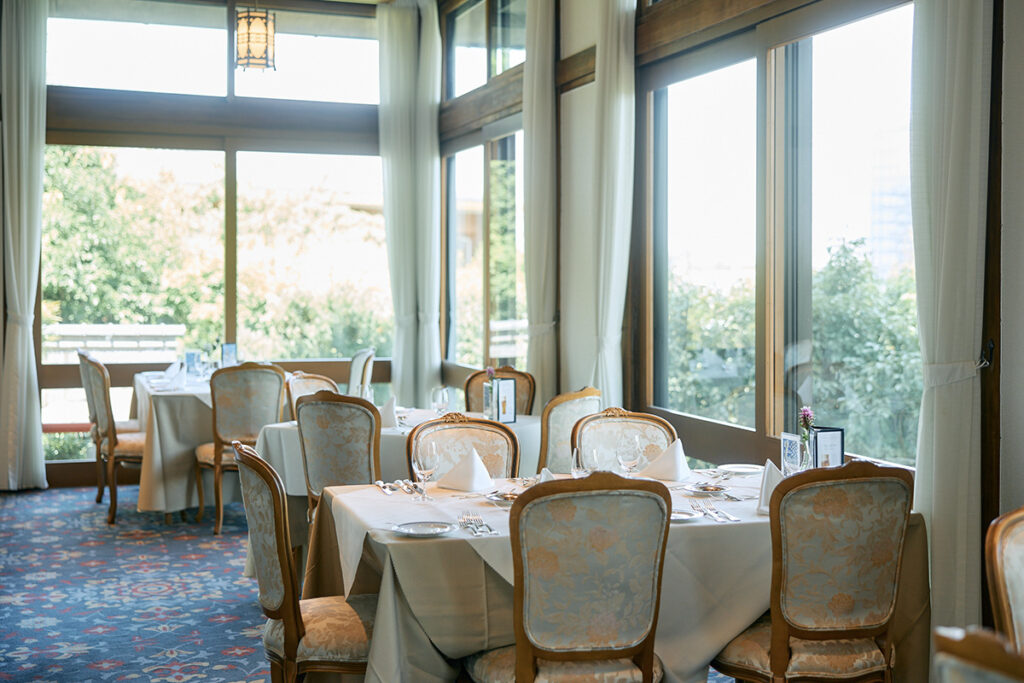
This sunroom-like seating area was converted from an outdoor balcony, creating a bright and open atmosphere that feels wonderfully refreshing. From certain seats, you can even see the five-story pagoda of Kōfuku-ji, a symbol of Nara. (Please note, Kōfuku-ji is undergoing renovations, so it is currently covered and surrounded by scaffolding.)
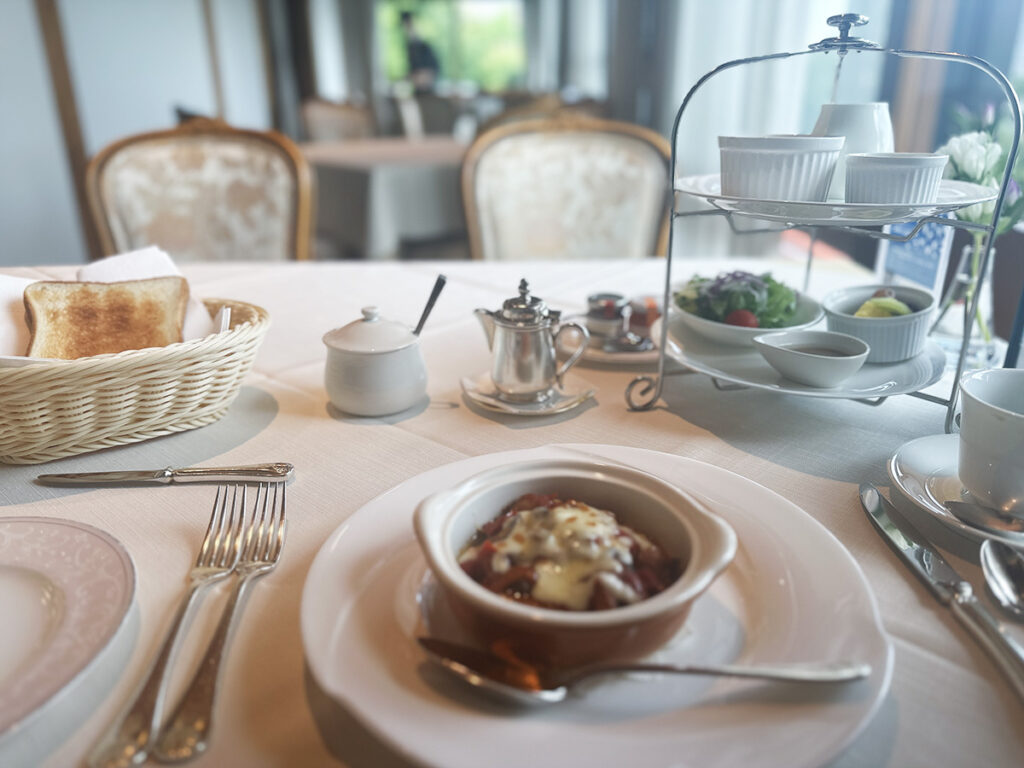
Photo by Ayako Inaba
As I settle into my seat, the neatly arranged silver cutlery on a crisp, wrinkle-free tablecloth instantly puts my mind at ease. Breakfast is served not as a buffet but as a selection of main dishes, and I ordered the recommended poached egg. The service here follows a division of responsibilities, with different staff members managing individual tasks. There’s someone to take orders, another to pour coffee, and yet another to bring out the food, each dressed in a different uniform. I particularly enjoy the classic hotel service, where hot, freshly brewed coffee is served from a silver pot. It creates a graceful experience, making me feel like a guest of honor. It was an indescribably soothing morning.
This hotel is one of the few places where you can truly savor the time and service unique to establishments with such rich history. It’s the kind of place where you can bring along your favorite book or photo collection and feel like you’re journeying through time. On your next visit to Nara, be sure to take the opportunity to experience this escape from the hustle and bustle and indulge in the extraordinary.
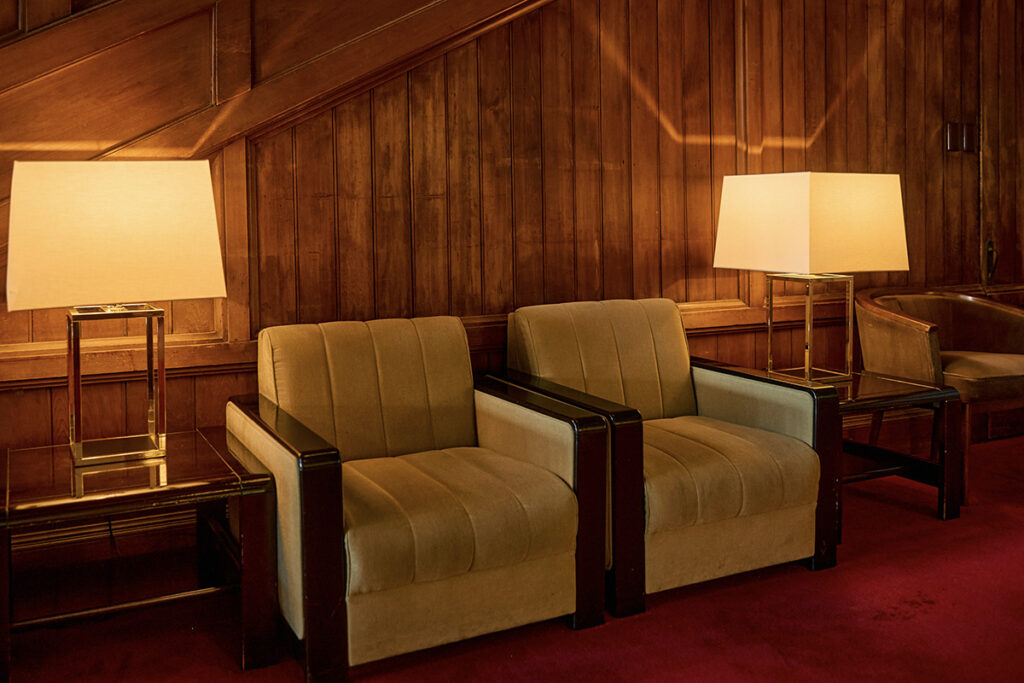
Nara Hotel
1096 Takabatake-cho, Nara City, 630-8301
TEL: 0570-66-6088
https://www.narahotel.co.jp/eng/

